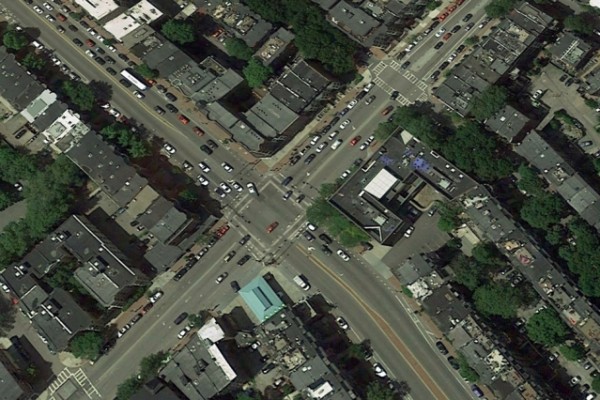By Ana Verayo, | March 21, 2016

MIT plans to get rid of stoplights in the future.
Most people all around the world still encounter problems with traffic jams where engineers are now devising a way how to let vehicles communicate with each other along with the infrastructures and buildings surrounding them, which could mean that traffic lights may no longer be needed in the near future.
Like Us on Facebook
Now, scientists from the Massachusetts Institute of Technology plans to eradicate the need for stoplights, where they reveal in a new study of how vehicles that are attached with sensors will have the ability to "talk" with each other in order to maneuver around a traffic jam.
This type of design involving breakthrough technology that is devoid of traffic lights, is estimated to allow twice the number of vehicles that can use the streets. With the help of a specific mathematical models, this study can help high tech cars to detect other cars and remain at a safe distance from one another during a four way intersection.
According to director of the SENSEable City Lab, Carlo Ratti of MIT's Department of Urban Studies and Planning, every intersection is a difficult place since two flows are in competition for the same piece of real estate. This new MIT system can enable these vehicles to move along any intersection at the exact time when they have a free slot.
This technology can also help vehicles signal each other by slowing down or speeding up depending on the traffic situation where people are able to move faster along the roads in order to reach their final destination.
According to Paolo Santi of the SENSEable City Lab and the Italian National Research Council, the goal of your car is to use an intersection as quickly as possible, in the shortest amount of time. He says that this system is not designed in order for vehicles to move faster in a traffic jam but to create a more consistent flow at ideal speed levels where all vehicles can maintain their movement.
However, researchers say that a stoplight free city is not happening in the near future, as this type of plan would require major changes, not only in current vehicles but also infrastructures in the city, that are capable of this type of autonomous car technology. This plan would also require major changes in vehicles and infrastructures since they will need an autonomous automotive technology.
Researchers conclude that the results show a possible transition from a traffic light system to this working sensor system that can have the potential to double the capacity in delay reduction, especially traffic jams. This can yield reduced nonlinear dynamics in intersections that constantly create bottlenecks and can produce more positive impacts on road networks.
In addition, these new findings can provide important data for transportation engineers and planners in order to prepare and manage transition towards "a more intelligent transportation infrastructure" in cities. This new study is published in the journal PLOS ONE.
-
Use of Coronavirus Pandemic Drones Raises Privacy Concerns: Drones Spread Fear, Local Officials Say

-
Coronavirus Hampers The Delivery Of Lockheed Martin F-35 Stealth Fighters For 2020

-
Instagram Speeds Up Plans to Add Account Memorialization Feature Due to COVID-19 Deaths

-
NASA: Perseverance Plans to Bring 'Mars Rock' to Earth in 2031

-
600 Dead And 3,000 In The Hospital as Iranians Believed Drinking High-Concentrations of Alcohol Can Cure The Coronavirus

-
600 Dead And 3,000 In The Hospital as Iranians Believed Drinking High-Concentrations of Alcohol Can Cure The Coronavirus

-
COVID-19: Doctors, Nurses Use Virtual Reality to Learn New Skills in Treating Coronavirus Patients







